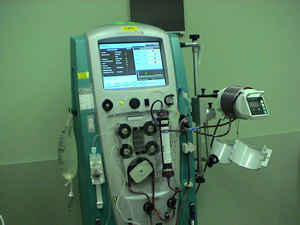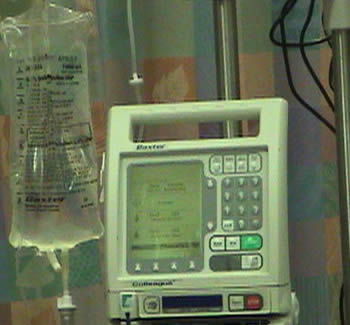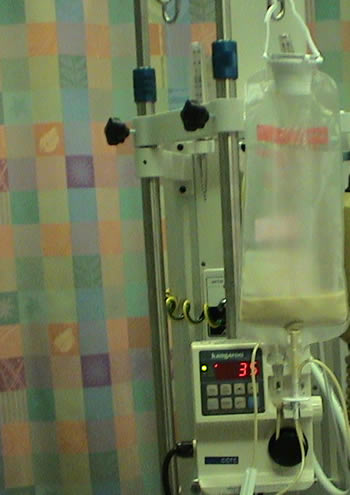|
LIFE SUPPORT The term life-support is used to describe any treatment that supports or replaces a necessary body function. Life-support therapies include any treatments that are required to keep the patient alive. Life-support is initiated with the expectation that the patient will improve and no longer require the same level of support. Examples of life-support include medications that correct low blood pressure, mechanical ventilation, cardiopulmonary resuscitation, dialysis and nutrition provided through a feeding tube. Sometimes, a patient's condition will continue to deteriorate despite receiving the maximum medical support available. Organ failure will worsen if the heart or lung problem cannot be corrected. Sometimes patients may survive but have a very poor quality of life and never return to the level of independent function that they enjoyed prior to their injury or illness. The word "stable" is sometimes used when a patient's condition remains unchanged. Because it can mean that the patient is "no worse", it can be a promising sign before a patient begins to improve. This is especially true if the patient is stable, without the need for life-support. At other times, patients may require life-support to remain stable; this indicates the patient is still very sick. There may come a point in time when it is apparent that the patient cannot survive the illness. Continued life-support beyond this point would not change the inevitable outcome. If a patient's condition should deteriorate to this point, members of the health care team or the patient's family may initiate a meeting to discuss the treatment plan. Sometimes, the family of the patient will recognize that the amount of support being provided is beyond the patient's wishes. Feel free to discuss your feelings with a member of the health care team. Family members should feel free to initiate a meeting with the physician to review the treatment plans. If, after carefully reviewing the patient's medical condition and progress, the family and medical team agree that further treatment is not in the patient's best interest, a plan to withhold or withdraw life-support may be made. The plan will be individualized according to the wishes of the patient and family. Once a decision has been made to move away from aggressive treatment, the teams effort will shift toward supporting the patient and family as they prepare to say goodbye. The patient's comfort will always be the priority, regardless of the treatment decision. |
Image 1: Dialysis |
|
Image 2: Ventilator |
|
|
Image 3: Infusion pump for heart medications |
|
|
Image 4: Enteral feeding pump ("tube" feeding) |
|
|
|
Our masking guidelines have been updated. Visit the Patient and Visitor Masking Guidelines page for more information.







